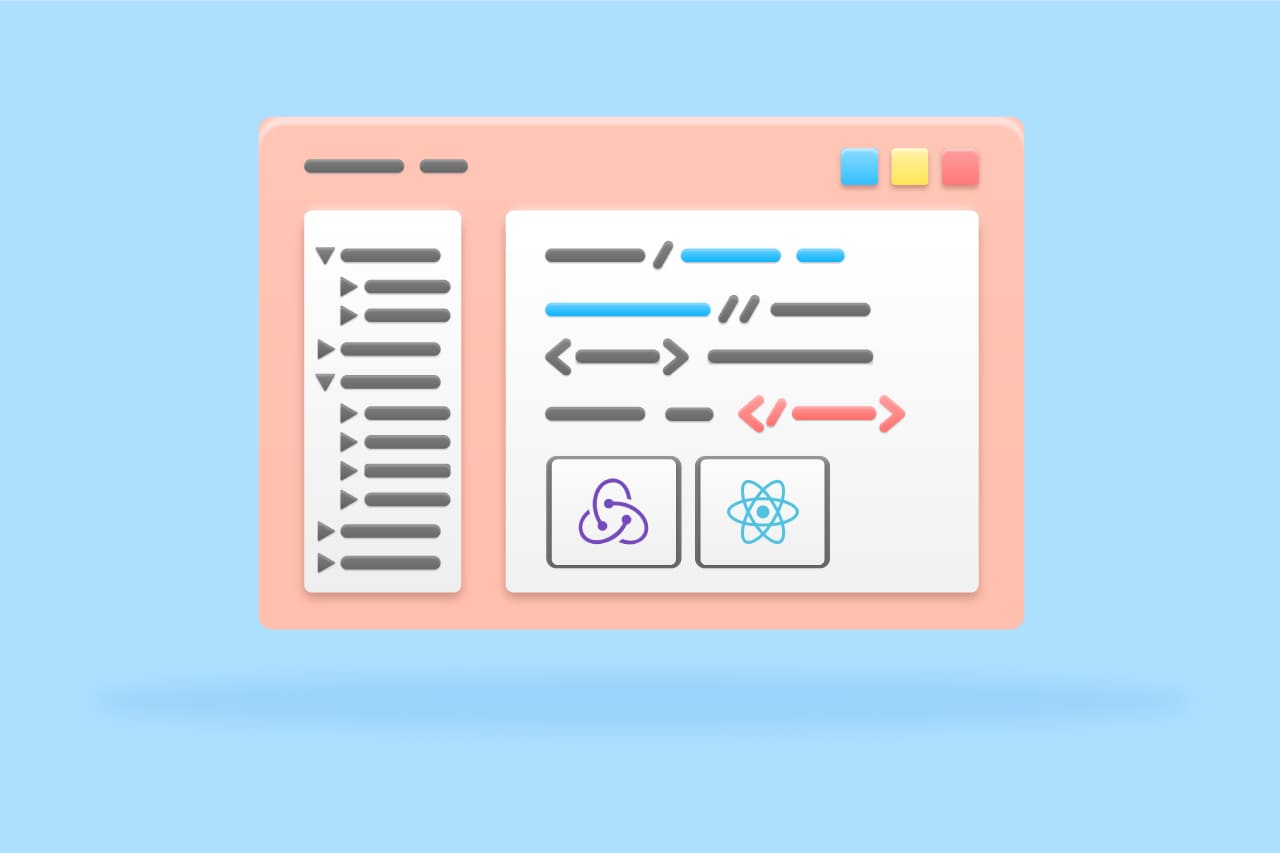How to Manage File Uploads in Django [2024]

File uploads are a fundamental aspect of many web applications, and Django provides powerful tools to handle them seamlessly. Whether you’re building a blog, an e-commerce site, or a social media platform, understanding how to manage file uploads in Django is essential.
In this guide, we’ll delve deep into the intricacies of handling file uploads in Django, from setting up models to managing file storage and optimizing user experience.
1. Setting Up the Model:
At the heart of handling file uploads in Django lies the model definition. Let’s consider a scenario where you’re building a blog application. You’d likely have a model to represent blog posts, including a field for uploading images:
Python code
from django.db import models
class Post(models.Model):
title = models.CharField(max_length=100)
content = models.TextField()
image = models.ImageField(upload_to='images/')
The ImageField is used for image uploads, and the parameter upload_to specifies the directory within the MEDIA_ROOT directory which will store the uploaded images.
2. Configuring File Storage:
Django offers flexibility in configuring file storage backends to suit various deployment scenarios. While Django provides a default file storage configuration, you can customize it in your project’s settings. For instance:
Python code
# settings.py DEFAULT_FILE_STORAGE = 'django.core.files.storage.FileSystemStorage'
You can choose other storage backends like Amazon S3, Google Cloud Storage, or even implement custom storage solutions tailored to your application’s needs.
To read more about implementing drag-and-drop file upload in React, refer to our blog How to Implement Drag-and-Drop File Upload in React
3. Handling File Uploads in Views:
With the model set up, the next step is to create a form for handling file uploads. Django’s form classes, particularly forms.FileField or forms.ImageField simplifies this process. Consider the following example form for uploading images:
Python code
from django import forms
from .models import Post
class PostForm(forms.ModelForm):
class Meta:
model = Post
fields = ['title', 'content', 'image']
In the corresponding view, you’d handle the form submission and file upload like so:
Python code
from django.shortcuts import render, redirect
from .forms import PostForm
def create_post(request):
if request.method == 'POST':
form = PostForm(request.POST, request.FILES)
if form.is_valid():
form.save()
return redirect('post_detail')
else:
form = PostForm()
return render(request, 'create_post.html', {'form': form})
It’s crucial to remember to include request.FILES when initializing the form instance to ensure proper handling of file uploads.
4. Displaying Uploaded Files:
After files are uploaded, you’ll want to display them in your templates. Utilize appropriate HTML tags, such as <img> for images, and access the file URL using the model instance’s attribute:
HTML code
{% for post in posts %}
<h2>{{ post.title }}</h2>
<p>{{ post.content }}</p>
<img src="{{ post.image.url }}" alt="{{ post.title }}">
{% endfor %}
This ensures that uploaded files are seamlessly integrated into your application’s user interface.
5. Handling File Deletion:
When deleting model instances, it’s essential to also remove associated files to prevent unused files from accumulating and occupying storage space. You can achieve this using Django signals:
Python code:
from django.db.models.signals import post_delete
from django.dispatch import receiver
@receiver(post_delete, sender=Post)
def delete_post_image(sender, instance, **kwargs):
instance.image.delete(False)
This signal ensures that when a Post instance is deleted, its associated image file is also deleted from storage.
To read more about compressing images using Python in a Django Project, refer to our blog How to Compress Images Using Python in a Django Project
Conclusion:
Mastering file uploads in Django is not just about enabling users to upload files; it’s about ensuring a seamless and secure experience for both developers and end-users. By following the comprehensive steps outlined in this guide, you’ve gained a solid understanding of how to handle file uploads in Django effectively.
You’ve explored every aspect of the process, from setting up models to configuring file storage, handling file uploads in views, displaying uploaded files in templates, and managing file deletion. Additionally, you’ve learned about customizing file storage backends and utilizing Django signals to maintain data integrity by removing associated files when deleting model instances.
With this knowledge, you’re well-equipped to build robust web applications that efficiently handle user-generated content, whether it’s images, documents, or any other file type. Django’s powerful features and flexibility ensure that you can tailor file upload functionality to suit your application’s specific requirements while maintaining best practices for security and performance. As you continue your journey with Django development, remember to keep scalability, security, and user experience at the forefront of your considerations. Regularly review and update your file upload implementation to incorporate any new best practices or optimizations. By doing so, you’ll ensure that your Django applications remain reliable, efficient, and user-friendly in the long run.




